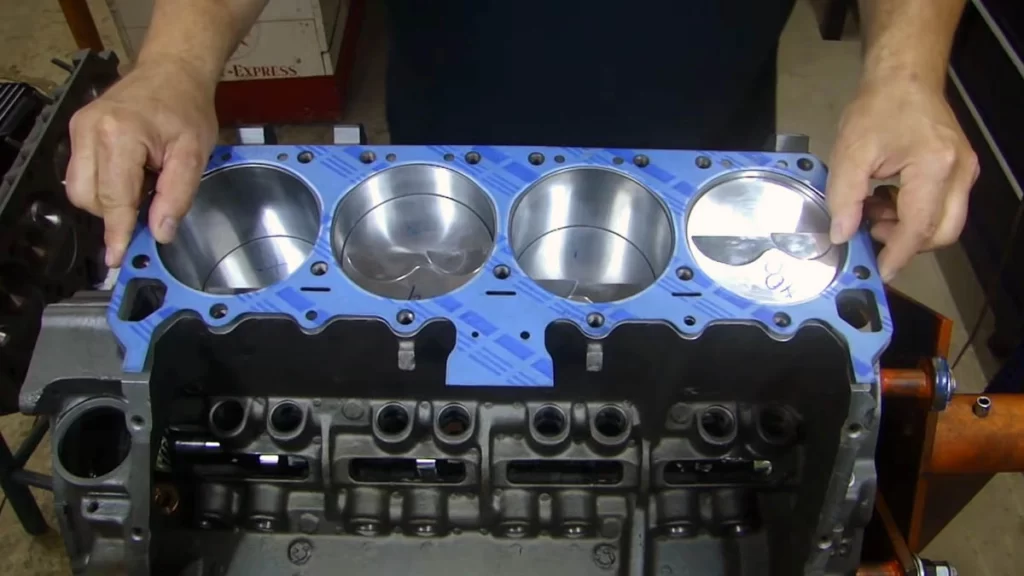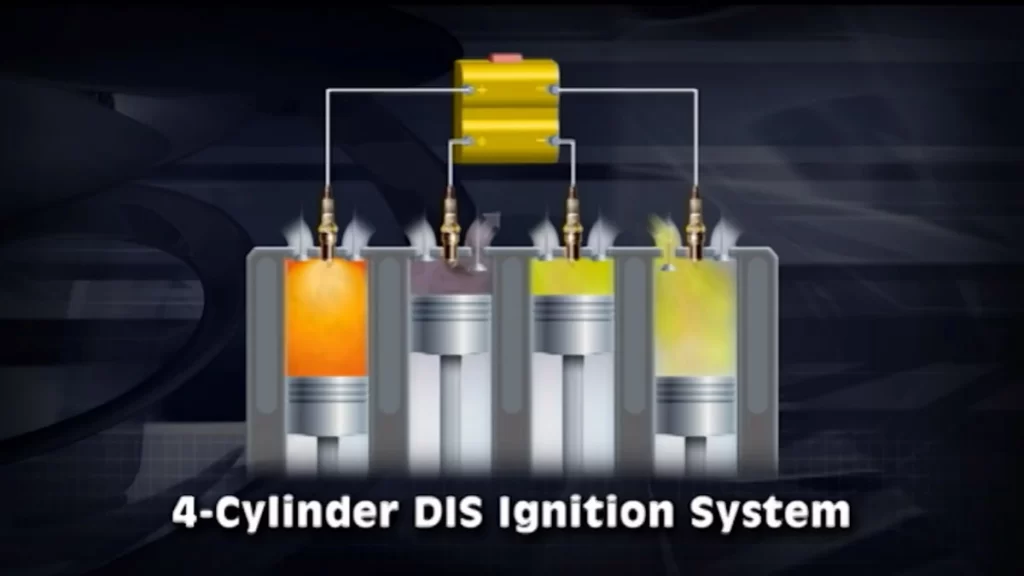What are the 3.1 Liter V6 Engine Problems? 3.1 Liter V6 Engine was one of the revolutionary engines in the history of automobiles. But the 3.1 Liter V6 Engine is famous for some of its problems in can also be called failures. So, in this article, we discuss the 3.1 Liter V6 Engine Problems, diagnosing and fixing.
What is V6 engines?
Except for the LQ1, which has 24 valves controlled by two overhead cams, all engines have 12-valve cam-in-block or overhead valve configurations. These engines range in displacement from 2.5 to 3.4 liters (2,490 to 3,350 cubic centimeters) and are constructed of cast iron with either cast iron or aluminum heads.
These engines were manufactured in the United States between 1980 and 2005, with continued production in China until 2010. The GM High-Value engine family was derived from this engine family. These engines were also dubbed X engines due to their initial application in X-body automobiles.
Here are the most common 3.1 Liter V6 engine problems.
Leaky Intake Manifold Gaskets.
Leakages in the intake manifold gaskets are one of the most prominent problems of 3.1L V6 engines.
Around the coolant and intake ports, the original equipment gaskets contain a plastic carrier and soft sealing beads. The plastic carrier and seals degrade and distort with time, causing the gasket to leak.

Coolant begins to seep into the lifter galley and crankcase at this point. The engine overheats as a result of the loss of coolant, which can result in additional damage such as a broken cylinder head or a smashed head gasket. The leakage problem might develop as early as 60,000 miles on some engines. The intake manifold gaskets are more prone to leak coolant as the mileage increases.
Diagnosing the problem.
You can diagnose the problems with intake manifold gaskets by,
- Checking the oil dipstick.
If the oil on the dipstick looks foamy or milky or if there is coolant on the dipstick, there is a pretty good chance to suspect that there is a problem with the intake manifold gasket.
Fixing.
- If an internal coolant leak is discovered, the intake manifold must be removed, and both intake manifold gaskets must be replaced.
- Replacing the old intake manifold gasket with a new one can also be a solution.
DIS Ignition Problems.
Spark plugs that are old or fouled, poor plug wires, weak coils, or issues with the ignition control module can all lead to ignition misfire. Crank sensor circuit failure is the most common cause of no starts (two on most engines). Wiring chafing near the exhaust manifold may cause a no-start or intermittent loss of spark in rare circumstances.
Diagnosing.
- Misfires in the two paired cylinders.
- Due to lean fuel condition, leaky EGR valve, and dirty fuel injectors, random misfires.
Fixing.
- Swapping nearby coils to check if the misfire spreads to the other two cylinders might help rule out a defective coil.
- Poor contact between the coil’s two spade terminals and ignition module control circuitry may be to blame if there is no difference in performance. Using an ohmmeter, you may measure the secondary resistance of each coil in the system.
- It should measure between 5,000 and 7,000 Ohms. Look for fractures or carbon tracks on the underside of each coil to see whether a high voltage is seeping from the coil.

Problems associated with MAF sensor.
The mass airflow (MAF) sensor detected airflow in the 3.1L engines’ fuel injection systems.
Fuel mixture and airflow are calculated using inputs from the throttle position sensor (TPS) and engine speed and temperature.
Dirt, carbon, or gasoline vapor varnish can accumulate on the MAF sensor’s small heat-sensing wires, leading the sensor to misinterpret airflow.
Diagnosing.
- PCM commands a rich mixture to compensate.
- Lean or rich codes.
- Fuel trim coded.
- Too low fuel economy.
- Black smoke and rough idle.
Fixing.
- A simple cleaning of the sensor with a can of spray electronics cleaner (and nothing else!) is typically all that is needed.
- A malfunctioning MAF sensor might be to blame for the issue. When revving the engine from idle, you may check for changes in the frequency signal on a DVOM connected to the MAF sensor’s output wire.
- Having no output, no change in the signal or inconsistent change all indicate that the sensor is malfunctioning.
- Before replacing the MAF sensor, check the sensor’s input voltage and ground wires to see whether the problem is in the wiring, not the sensor.
Dirty Fuel Injectors.
High mileage engines are prone to filthy injectors, especially when the driver has been filling up with cheap gas with a little detergent. To prevent deposits from building up in the injectors, Itismycar suggests using a Top Tier gasoline that has additional levels of fuel system cleaners.
Diagnosing.
- Lean misfires.
- Random misfires.
- Rough idle.
- Reduced performance.
- Hard starts.
Fixing.
- Conducting an injector balancing test is one method of diagnosing dirty injectors. The test determines the amount of fuel pressure loss that occurs when each injector is powered sequentially for a predetermined length of time.
- The pressure decrease itself conveys no information (unless an injector is completely clogged, in which case it would show zero pressure drop).
- What you’re looking for is the variation in pressure drop between injectors. If there is a differential of more than three psi between the highest and lowest pressure measurements, the injectors are unclean and should be cleaned.
Some related FAQs about 3.1 Liter V6 engine problems.
Is the 3.1 V6 a good engine?
Except for the infamous leaky intake manifold gasket issue that has afflicted a few of these engines, the 3.1L V6 has a reputation for being a long-lived, dependable engine. As a result, there are still many of these engines on the road, and owners continue to pay money to keep them going.
How much horsepower does a 3.1 V6 have?
At 4,800 revolutions per minute, this engine produces 140 horsepower and 180 foot-pounds of torque at 3,600 rpm.
Is a 3.1 a V6?
Eventually, the 3.1L was superseded by different variants of the 3.4L V6. Today, the 3.1L continues to be manufactured in China in various displacements (2.5L, 3.1L, and 3.4L) for General Motors’ Chinese-built Buicks. Since 2005, the bigger 3.4L variant has been imported to the United States to power the Chevrolet Equinox.
We hope you found the answer to your question, ” 3.1 Liter V6 Engine Problems ” after reading our explanation. If you have any further questions, please post them in the comments section below, and we would be happy to assist you. If you’re looking for answers about What 5.3 Vortec, click to this site. Thank you very much.
